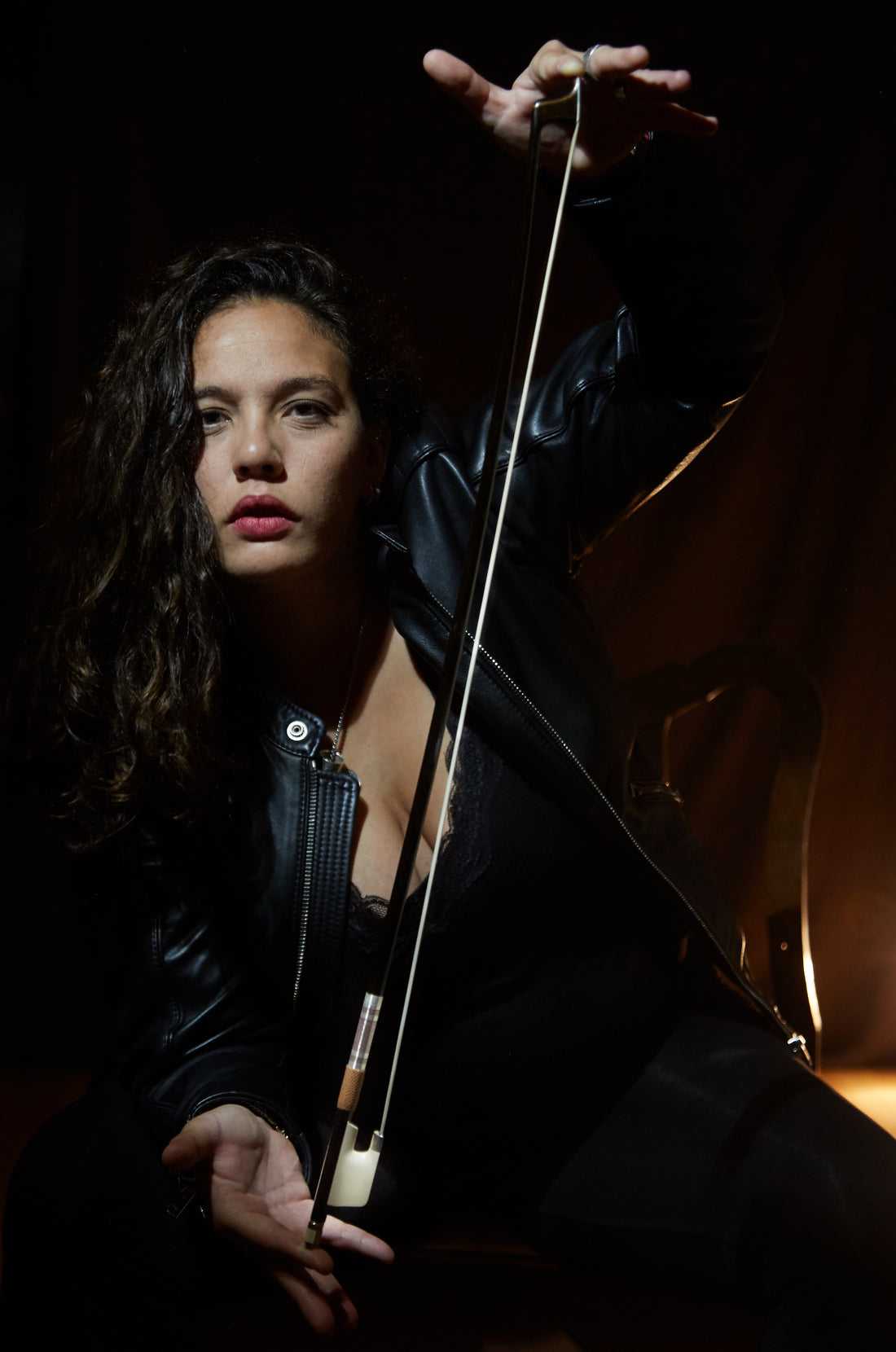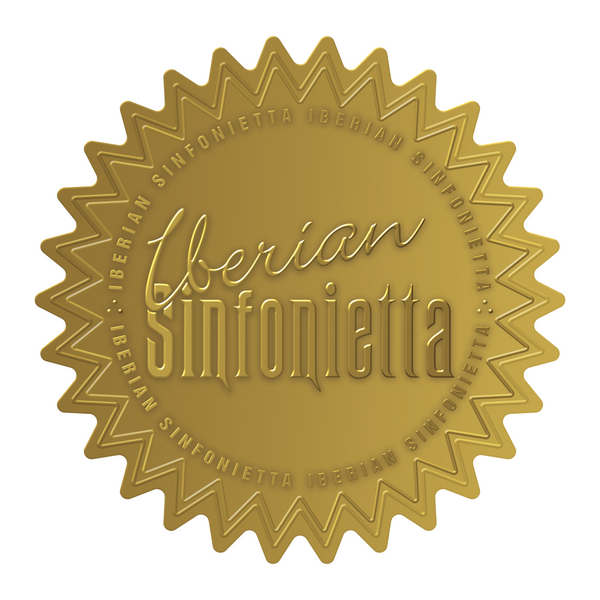
WE INTERVIEW CARMEN MARÍA ELENA GONZÁLEZ, PROTAGONIST OF OUR NEXT EVENING
Dear audience:
2022 begins, a year from which we ask for a lot of health and return to life as we knew it before the arrival of this pandemic. Although it is true that it seems that the lethality is decreasing, the spread of the virus is greater, but also the safety and really the habit of interacting with it, with safety measures, mask, hand washing... in any case, from Iberian Sinfonietta and always attentive to the instructions of the Peace Palace and the responsible authorities of the Fuengirola City Council, we will start this year with a very special concert next Saturday, January 22 at 7:00 p.m. in the beautiful and comfortable auditorium of this town.
This will be the central Concert of the course, since it is the third and there are five scheduled. Within it, there are five pieces, and exactly the third will be the one to which we dedicate our first educational publication of 2022. It will rather be one of the protagonists of the evening, the cellist Carmen María Elena González .

As you can see, nothing is left to chance in what surrounds the Iberian Sinfonietta project and everything tries to be done with the greatest possible harmony. As a result of this balance, we have in the Central concert, of the course and in the central work, one of the most beautiful interpretations that this year's repertoires will offer us, the Variations on Kol Nidrei Op. 47 by Max Bruch, which are one of the most beautiful works for orchestra, on this occasion, chamber orchestra by the famous German composer.
Max Bruch is really best known for his famous Violin Concerto No. 1 and for his Scottish Fantasy , both of which we recommend listening to, but in our desire to delve into interesting and beautiful repertoires that can barely be enjoyed in concert halls, we understand that This work for cello and orchestra could be a perfect choice. Although that will be decided by the public who attends our event next Saturday.
We leave you our interview with the soloist so that you can get to know her better, before listening to her and enjoying the great moment she goes through in her musical performance with one of the most moving instruments there is, the cello.

You will be the soloist with whom we inaugurate the year 2022 with Iberian Sinfonietta, what do you ask of this year?
By the year 2022 I would ask that we be able to return to a normal life full of music and common commitment, what makes us evolve is the culture and I wish that it be invested in it for everyone as it deserves.
What do you think of the work by Max Bruch that you will perform on Saturday at the Peace Palace in Fuengirola?
Kol Nidrei is the second most representative work of the German composer Max Bruch, with his Violin Concerto being the most performed. It was completed in Liverpool in 1880 and a year later published and premiered in Berlin, highlighting its significance for the Jewish people. It is in the style of an Adagio on two Hebrew melodies for cello and orchestra with harp and consists of a series of variations on two main themes of Jewish origin. The first theme, which also gives the piece its title, comes from the Kol Nidre declaration that is recited during the Yom Kippur evening service. In Bruch's setting of the melody, the cello imitates the rhapsodic voice of the cantor performing the liturgy in the synagogue. The second theme of the piece is quoted from the middle section of Isaac Nathan's arrangement of "O Weep for Those Who Wept at the Brook of Babel", a lyric that was written by Lord Byron in his collection Hebrew Melodies, which also includes the famous poem "She Walks in Beauty."
Did you know the work? Did you have it in your repertoire? What is your opinion of Bruch's work and the rest of his literature?
I have known the work since I was 12 years old because I am a big fan of Mischa Maisky. For him it has a very special meaning because he is Jewish and he has performed it on numerous occasions throughout his career. I have had it in my repertoire since I was 18 and I think it is wonderful in musical literature. Arrangements have been made for all instruments and it is performed worldwide with great success.
How about the work and approach to the interpretation of the work with the orchestra and the Maestro? Do you share points of view, are they complementary?
The rehearsal has been very enjoyable and fluid. I have been very comfortable from the first moment, the orchestra and I have had an immediate connection. I have felt supported at all times and its director, Maestro Juan Paulo Gómez, has known from the first moment, with concise and subtle gestures, to take the orchestra with me down to the smallest detail, wrapping us in a continuous phrase from the beginning to the end. end of the piece.
Where are you at musically? What are your next projects?
On a musical level, I find myself in a reflective and evolutionary moment, very focused on pedagogy. My closest projects are some recitals and Master Classes in Mexico and Granada, as well as continuing with my personal MalagaCello project. In addition, I will attend as a jury for some Violoncello competitions.
Anything left in our minds?
Yes, clarify that the work is not original for cello and chamber or string orchestra, but for a symphony orchestra. The version that we will perform is one of these different arrangements that there are, in this case, for string orchestra.
That said, next Saturday at 7:00 p.m. at the Peace Palace, in Fuengirola, you will be able to enjoy this work and the four more that will make up the very interesting repertoire with which we open, full of hope, this 2022. Not to miss it.
Jorge Rodríguez Morata
Pedagogical content coordinator
